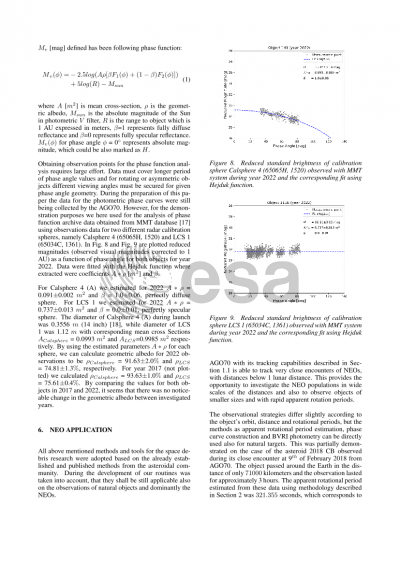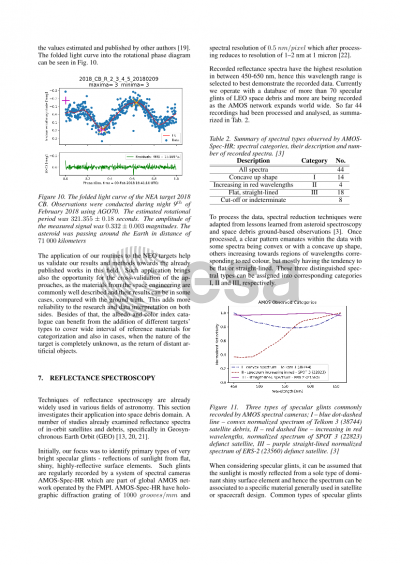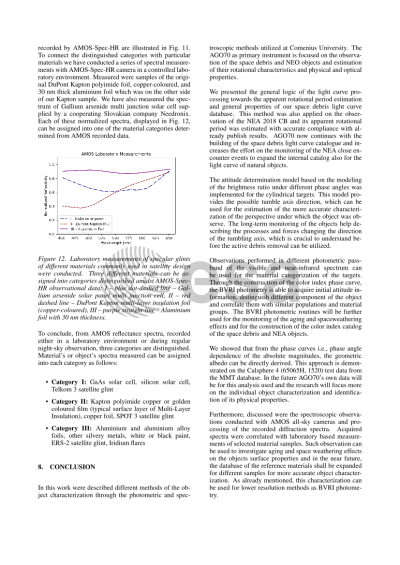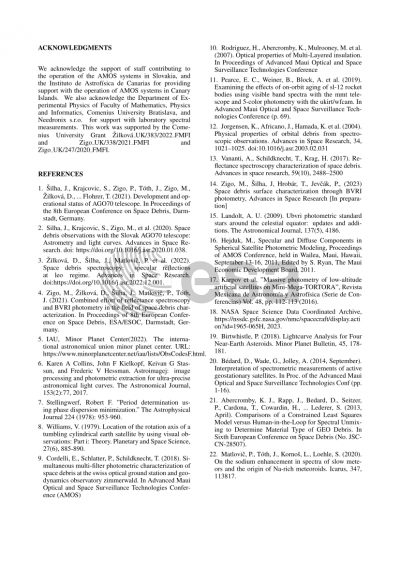Document details
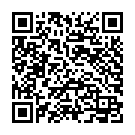
Abstract
In the recent years, the space debris team around the 70-centimeter reflector AGO70, operated by Comenius University in Bratislava, conducted extensive research in photometric characterization of space debris and NEO objects. This research resulted into the publicly available photometric catalogue of light curves, which contains folded rotational phase diagrams, estimated periods and parameters as amplitude with related uncertainties. Such catalogue is a minimal requirement to perform more dedicated research and extensively describe the nature of the investigated targets.
Photometric light curves of rotating objects contain complex information about the object’s shape and reflectivity properties. Amplitude of the detected signal is directly related to the physical properties of the object (size, albedo, shape, slope factor), mutual geometry between the sun-object-observer and attitude properties.
The BVRI photometry uses the photometric catalogue and estimated periods as a-priori information for planning to acquire reasonably sampled light curves in all photometric passbands. Through the folding of these light curves into the rotational phase diagrams the color index dependence along the rotational phase can be estimated. This curve in color indices diagram provides initial information of the target’s attitude and the low-resolution surface materials characterization. Target’s position in the BVRI diagram corresponds to the most dominantly reflective materials and can be used for the material categorization. Because the low-resolution of the BVRI photometry is not always sufficient, we prepared the laboratory measurements of high-resolution spectra of the commonly used space materials to be used as a reference for analysis.
In our work will be presented the overall strategy for the space object characterization, namely phase function and absolute magnitude extraction, rotation axis determination for cylindrical objects, and surface characterization through BVRI photometry and laboratory spectroscopy. Focus will be on basic ideas of these methods and possible collaborative approaches and their benefits for object characterization. Some of the developed methods will be applied also to NEA objects to demonstrate their applicability in this field.
Preview





